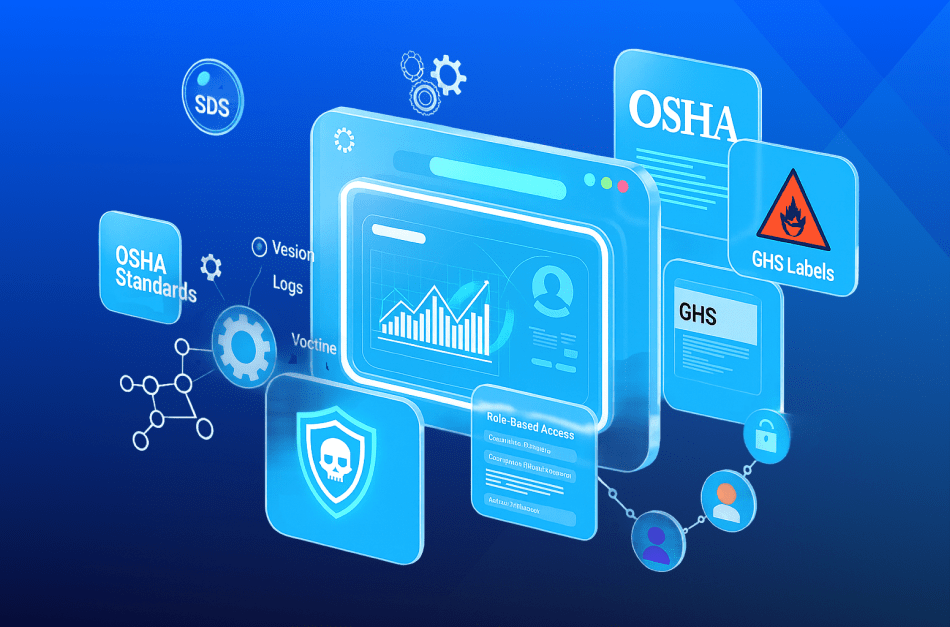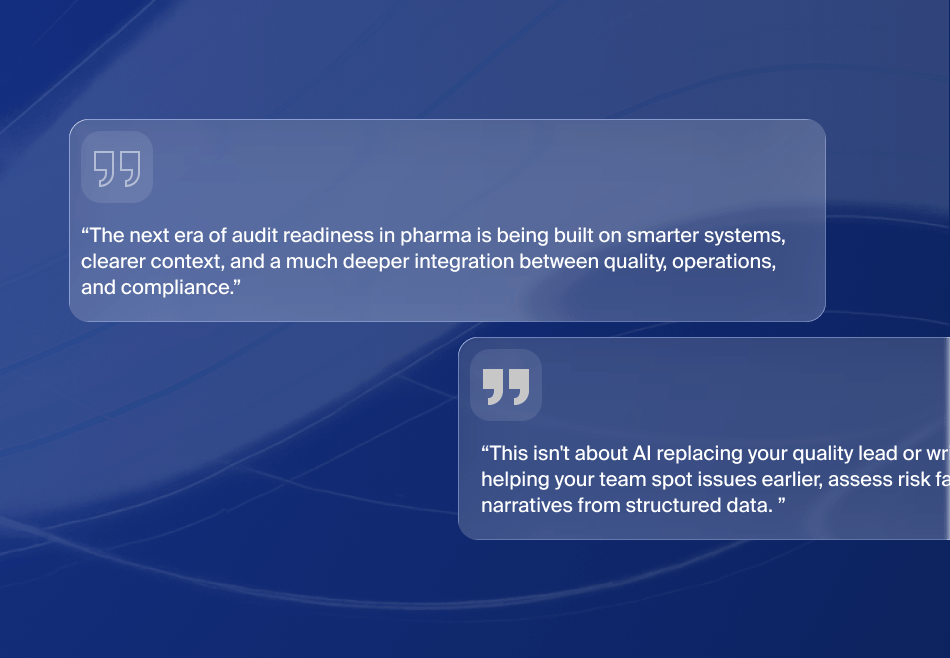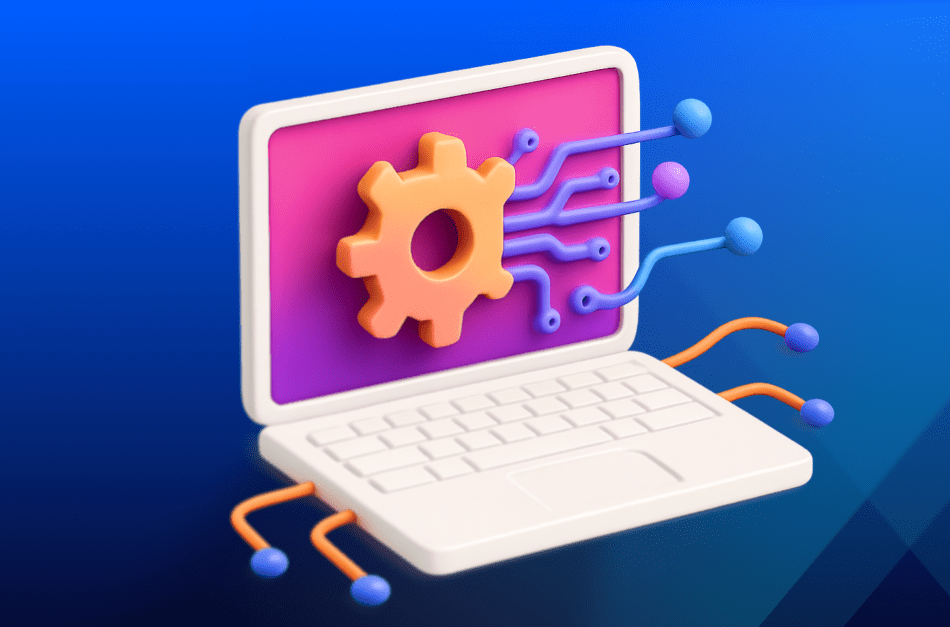Introduction
A previous article on enterprise resource planning software (ERP) mentioned the benefits of artificial intelligence (AI) and machine learning (ML) in business software. This article covers how Inventory Management functions as part of an ERP.
The common purpose of any ERPs is to integrate, centralize and streamline all business operations. The most common ERP inventory management functions are:
- Supply Chain Management including tracking and managing raw materials, work-in-progress and finished products
- Integration with logistics, shipping and B2B ecommerce
- Managing procurement and sales orders
- Distributing orders across channels
- Warehouse management and stock transfers using serialization
- Integration with Payment gateway
- Managing accounts
- Dashboarding and report generation using analytics
- Quality Management
- Demand forecasting using AI and ML
Executive Summary
- ERPs have a broad range of application areas. Inventory management is the most sought out functionality (67%) among users after Accounting (89%).
- Inventory management helps companies organize and plan their production strategy, along with maintaining ideal stock levels.
- Effectively managing inventory promotes more efficient use of precious working capital, helping to maintain optimal stock frees working capital and prevents losses due to stock-out.
- The average manufacturer has 10% – 20% of its revenue committed to inventories. Reducing inventory by 20% – 25% can cut the revenue impact by 2%- 5%. For a $6 billion company, that inventory reduction frees an estimated $200 – 500 million in working capital.
ERPs perform many inventory management functions, supporting the entire supply chain from order and storage of raw materials to final delivery.
Today, the importance of inventory management has continued to evolve. It no longer deals only with keeping track of what’s currently in the supply, production and delivery pipelines. It also has a significant effect on business strategy.
ERPs are now equipped with artificial intelligence and machine learning. These additions transform a tool first appearing in the late 1990’s into an invaluable piece of technology. For example, using historical data, a modern ERP can more accurately predict future demands and current inventory levels.
All businesses are realizing the benefits of going digital. Traditional companies that once shied away from adopting technology are now embracing it.
Connecting businesses, such as a pharmaceutical manufacturer with its internal and external suppliers, generates massive amounts of data. ERPs help chief executive officers and other leaders make sense of the numbers. The software lets leaders compare historical behavior with current trends, making accurate inventory predictions. ERPs can reveal important insights by leveraging data across business functions.
Benefits of ERP In Inventory Management
A SelectHub survey found that Inventory Management (67%) was the most used part of a modular ERP package after accounting (89%).
Figure: 1A 2018 Survey by Select Hub Found That The Most Important Function in an ERP was Inventory Management
Functions of ERPs in Inventory Handling
ERPs perform six primary inventory related functions. These include:
- 1.Better forecasting accuracy
- 2.Segmenting, clustering and classifying materials
- 3.Making warehouses more intelligent
- 4.Permit accurate, timely inventory planning
- 5.Reduce waste
- 6.Manage returns and order cancellations
Improving Inventory Accuracy: Some modern ERPs like Microsoft’s Dynamics 365 Finance come with many built-in AI and ML capabilities. This functionality lets executives review sales data, seasonal demand and other information to predict inventory needs. By comparing historical and current data, companies can devise a robust plan to increase or decrease inventory and storage capacity suiting anticipated market conditions. D365 Finance also accepts variables for greater accuracy.
Key benefits include:
- Artificial intelligence helps predict future demand using historical data
- Comprehensive inventory planning translates to higher customer serviceability, boosting customer satisfaction
Segmenting, clustering and classifying materials
Isolated data is only valuable to that portion of the business. To help the entire business and provide insights, data must be visible to other departments. Using an ERP’s Inventory Management module lets companies tag, cluster and analyze each item or stock keeping unit (SKU). It produces labels that can be read by mobile phones and other portable devices, providing access to a wealth of information while tracking every item. Classification options include:
- Units of measurement
- Product usage
- Material source
- Alternatives or substitutes
- Allocation
- Cost and price
- Demand
- Supplier or vendor
Classifying inventory items lets users analyze each item based on the business needs, and prioritize the ones that are most critical.
Making Warehouses More Intelligent
When products are given machine-readable barcodes or QR code labels, companies can track material movement in real-time.
Modern ERP lets warehouse managers create an operative warehouse plan with access controls at every level. This is particularly crucial for manufacturers with multiple production sites. Setting access controls ensures the right people can move inventory items at the right time.
ERPs allow warehouse managers to efficiently allocate more space to the items that need it and reduce space from those that do not.
Combining the functionality of an ERP with robots and other forms of automation reduces human efforts. For example, beverage giant Coca-Cola uses AI to count the varieties and volume of bottles stored in cabinets or display units by analyzing a photograph clicked on a mobile device.
Other benefits of an efficient warehousing plan include:
- Tracking each stage of a product from raw material to work-in-progress and finished goods
- Preparing accounts for stock transfer
- Reducing human effort in mundane tasks, such as manually counting inventories, letting workers perform more valuable jobs
- Maintaining ledgers of opening and closing stock balances
- Reducing dead stock by efficiently managing expiring inventory
Permit Accurate and Timely Inventory Planning
An ERP system ensures companies maintain ideal stock levels, permitting more efficient use of working capital.
Today’s ERPs come with features that help with material requirements planning (MRP). This includes production scheduling, setting up reorder-levels and establishing inventory minimum and maximum levels. The business application tool records lead times related to purchases of raw materials, manufacturing time, quality checking, packaging, logistics and other functions. All of this data combined helps the planning engine create better forecasts.
Reducing Waste
The combined benefits of classifying items and inventory planning helps reduce waste. The inventory management module of an ERP provides complete visibility of all inventories, including clusters and substitute products. Module users can also sort inventories by batch numbers or serial numbers.
When a particular product has an unanticipated surge in demand, companies can easily identify substitute products in an attempt to reduce lost sales. Aligning substitute and primary products lets customers looking for affordable alternatives or shorter lead times find workable options, further boosting revenue.
Waste reduction benefits of an ERP include:
- Offering alternative or substitute products when primary product levels are low.
- Provides options for price sensitive customers, increasing customer loyalty.
- Uses attributes assigned to each SKU to make it easy to locate substitute products.
Managing returns and order cancelations
ERPs manage returns with greater ease than older methods. ERPs reconcile sales credit memos and accounting letting companies issue refunds or shipping fresh products.
Return benefits include:
- Easier tracking of refunds and reshipments.
- Quicker return decisions by providing a complete view of sales, current inventories, cash balances, shipping availability and other issues.
- Automatically calculates foreign exchange rates.
Conclusion
The primary benefit of an ERP system is the ability to track inventory, reduce stocking costs and maximize working capital accurately and efficiently. This significantly reduces administrative and operational costs without sacrificing functionality.
Organizations looking to optimize inventory planning and become more competitive must implement a modern ERP system. The cost of implementing a modern ERP is easily made back in overall savings with included inventory controls that are more accurate, reduce waste, and produce happier customers with much greater flexibility.
Book a assessment on how to use an ERP in Inventory Management to improve efficiency.
References: ERP buying trends









